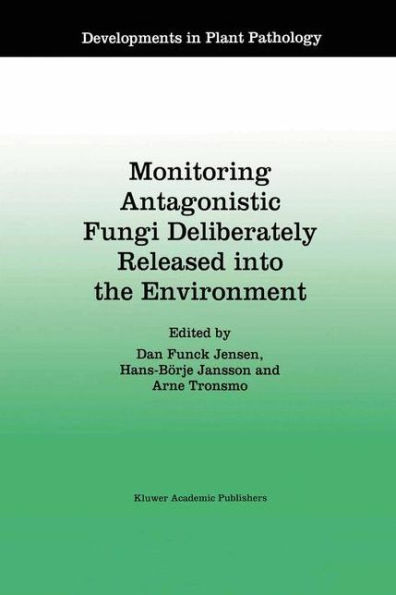5
1

Monitoring Antagonistic Fungi Deliberately Released into the Environment
171
Monitoring Antagonistic Fungi Deliberately Released into the Environment
171
169.99
In Stock

Product Details
| ISBN-13: | 9780792340775 |
|---|---|
| Publisher: | Springer Netherlands |
| Publication date: | 06/30/1996 |
| Series: | Developments in Plant Pathology , #8 |
| Edition description: | 1996 |
| Pages: | 171 |
| Product dimensions: | 6.10(w) x 9.25(h) x 0.02(d) |
From the B&N Reads Blog
